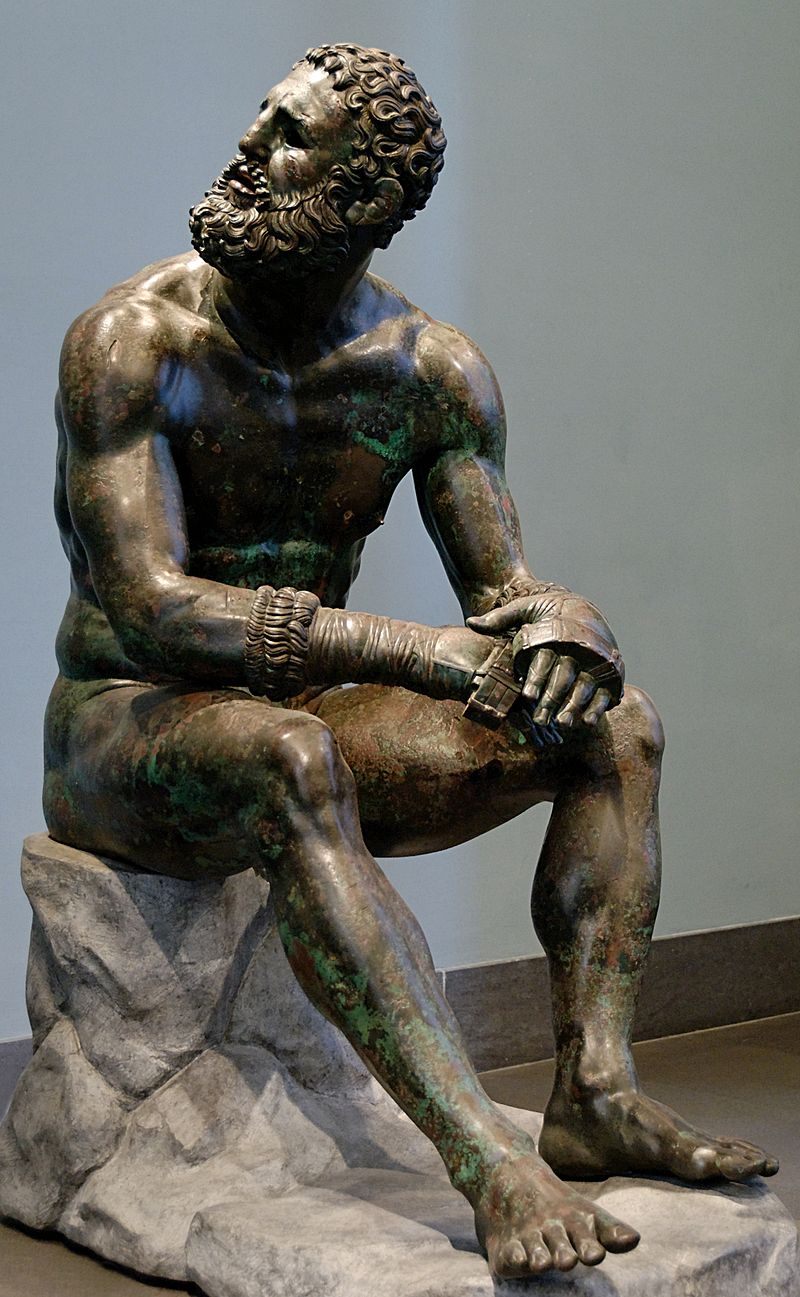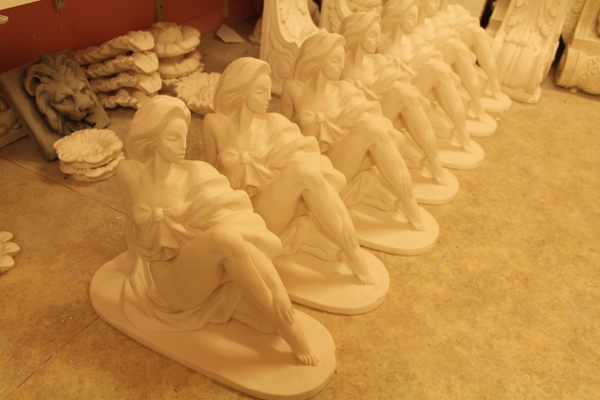Our Strange History of Accusing Inanimate Objects of Murder

Why were courts just like this one convicting inanimate objects of murder? (Photo: Wikipedia)
On February 5th, in lower Manhattan, a tragic accident stopped morning commuters in their tracks. An errant gust of wind blew a 565-foot tall crane sideways, striking and killing 38-year-old David Wichs, who was sitting in a parked car at the time.
While no one has yet been held responsible for the incident, in an earlier time, the crane itself might have been on trial.
The history of inanimate objects being held legally responsible for the death of humans goes back to ancient times, specifically ancient Greece. It’s hard to say how common the practice was there, although there are references to it in Plato’s the Laws. As traveller and chronicler Pausanias wrote in his Description of Greece, the first inanimate murderer was a statue of an athlete. Theagenes of Thasos was a renowned boxer who had become somewhat of a celebrity for his physical prowess, even being rumored to have been the son of Hercules. During his lifetime he racked up victories in a number of competitions including the Olympian Games. Of course, he also accumulated rivals.
After Theagenes’ death, a statue of the man was erected, and according to Pausanias’ account, one of those rivals would visit the bronze figure each night and flog it as a sort of impotent, posthumous revenge. Even though the statue did not live, one night it seemingly fought back by falling on Theagenes’ rival and killing him.

A statue of a Greek boxer like this one may have been convicted of murder. (Photo: Marie-Lan Nguyen/Wikipedia)
The sons of the rival then prosecuted the statue itself for killing their father. It was the view of the ancient Greek courts that any murder needed to be punished, even if it was carried out by a non-living object, and so the sons won. Given that they could not punish a statue, they simply gave it back to the gods by tossing it into the sea. Justice achieved. It is unclear exactly how often trials against things like statues occurred, but Pausinas’ account certainly doesn’t seem to paint the proceedings as anything too bizarre.
The practice survived in the creation of deodand law in Europe, starting around the 11th century. A deodand was a piece of property that had to be given over to the crown (and thereby, God), because it had caused someone’s death. When items would be declared forfeit to God and country, it was more often their value in monetary compensation that was handed over, rather than the actual offending object. The government was then intended to put the items or money to pious uses, although this was almost never the case. A deodand could be anything from an errant cart wheel to a falling tree to a piece of livestock.

This cart could have been a murderer. (Photo: Fir0002/Wikipedia)
An account of one case from 1267 that was typical of this law. According to the record, a washerwoman fell, face first, into a large basin full of boiling water. A bystander attempted to pull her out, but he too fell into the tub. A third servant was able eventually to pull both of them out of the vat. Unfortunately, two days later, the washerwoman died of “vespers.” As a result of the deadly accident, the tub itself (or rather its monetary value) was remitted to the town. The tub had become a deodand.
While the rulings were taken seriously, it does not seem like deodand rulings were meant to actually punish the object in any real sense, despite blaming narratives that placed accused objects at the center of their trials. In a 1994 piece for the NYU Law Review, lawyer Paul Schiff Berman described the social utility of such trials:
[Trials of animals and inanimate objects] allow the community to domesticate chaos by providing a consensus explanation of social reality to replace what would otherwise seem to be frightening and uncontrollable activity. Chaotic and painful events are thus brought under human jurisdiction and control through the construction of a narrative that reflects the moral values of the community.
Rulings against inanimate objects were meant to simply square the moral balance sheet, and give the people a sense that they live in a just universe. To give reason to each death, no matter how random or mistaken.
Deodand laws stayed on the books in the U.K. until 1846 when they were finally abolished after gaining attention due to a growing number of railway deaths at the time. However, even though they were taken off the books in the U.K., deodands still echo throughout American forfeiture law to this day.
As recently as 1974, deodand status was referenced to take possession of a Puerto Rican vessel accused of piracy. The actual owner and operator of the boat was found by the Supreme Court to be innocent of all wrongdoing, but the boat itself was indicted as having been involved in piracy. Once again, in some strange way, justice prevailed.









Follow us on Twitter to get the latest on the world's hidden wonders.
Like us on Facebook to get the latest on the world's hidden wonders.
Follow us on Twitter Like us on Facebook